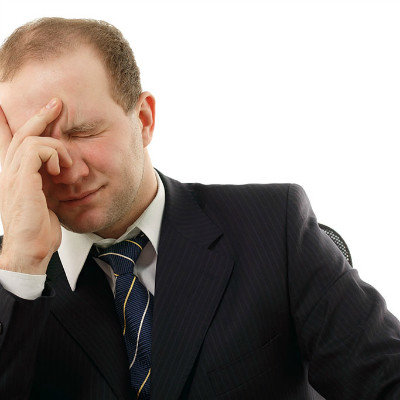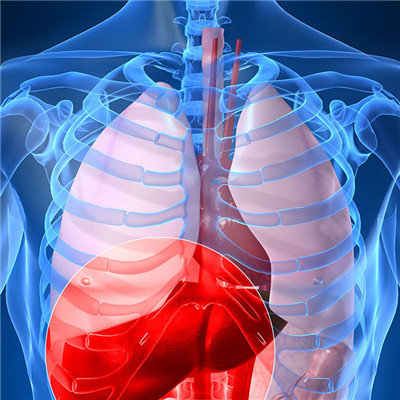What harm can vertebral artery type cervical spondylosis bring?
summary
Cervical spondylosis is very common, there are many types, and vertebral artery type of cervical spondylosis is one of the common types of cervical spondylosis. Vertebral artery type of cervical spondylosis will bring great harm to patients, seriously affect their behavior, make their life, work, study have brought trouble. What harm can vertebral artery type cervical spondylosis bring? Next, I'd like to share my views with you.
What harm can vertebral artery type cervical spondylosis bring?
Vertigo: almost every patient has vertigo of different severity, accompanied by diplopia, nystagmus, tinnitus, deafness, nausea and vomiting and other symptoms. During the attack, the patient felt that his head was heavy and his feet were light, and he could not stand steadily, as if he and the surrounding scenery were rotating in a certain direction; Some patients feel that they and the ground have a sense of movement, tilt and swing. Syncope or coma may occur in severe cases. In a word, head and neck movement and posture changes induce or aggravate vertigo is an important feature of the disease.
Sudden collapse: some in vertigo or neck activity occurs, the patient can suddenly feel numbness, weakness and fall, but conscious, more able to get up on their own. The symptoms are associated with sudden head movements or postural changes. Some people think it is caused by ischemia of medulla oblongata olivary body, others think it is caused by sudden ischemia of vertebral body intersection.
Headache: it is a kind of vascular headache caused by the expansion of collateral circulation vessels caused by the insufficient blood supply of vertebral fixation basilar artery. It appears paroxysmal and lasts for several minutes or hours or even days. Pain is persistent, often in the morning, head activity, ride turbulence appear or aggravate.
matters needing attention
Strengthening the exercise of neck and shoulder muscles, doing the flexion, extension and rotation of head and upper limbs during or after work can not only relieve fatigue, but also make muscles developed and toughness enhanced, which is conducive to the stability of cervical spine and enhance the ability of neck and shoulder to adapt to the sudden changes of neck.













